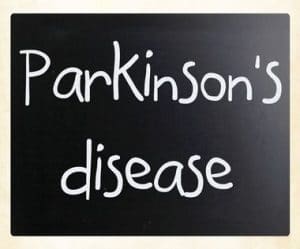When the American Psychiatric Association releases its 5th edition of the Diagnostic and Statistical Manual (DSM-5) this fall, it will include some new, highly welcomed guidelines and criteria to be used in determining if an individual is living with post-traumatic stress disorder (PTSD).
Effects of PTSD Diagnosis Criteria
In her article “An Easier PTSD Diagnosis” published recently in Times U.S. online, Elspeth Cameron Ritchie expresses approval of these changes to the DSM. However, she goes on to express interest in how these changes will affect the disability system and services through the military and Veterans’ Affairs. She is specifically concerned with how and when the myriad required evaluation services will apply these updates. She writes, “According to the APA, the changes are voluntary and to be implemented over time…. To do right by our troops, the view from here is that both the Pentagon and VA should embrace the new criteria without delay.”
According to Ms. Ritchie, the changes made will make it easier for service members and veterans to meet the criteria for PTSD diagnosis by replacing some existing elements with new evaluative symptoms. In particular, the new guidelines eliminate a requirement that people experience extreme fear, helplessness, or horror at the time of a traumatic event.
Veterans with PTSD
The Department of Veterans Affairs has its own specific requirements for making a determination that a veteran is entitled to disability compensation benefits for PTSD developed as a result of military service. If you are a veteran living with PTSD as a result of military service, both Jason Perkins and Travis Studdard are accredited to handle Veterans’ benefits claims before the Department of Veterans Affairs. We invite you to contact our office with related questions and concerns by calling the phone number on the right of this page or filling out the “Need Help” form on this page.






